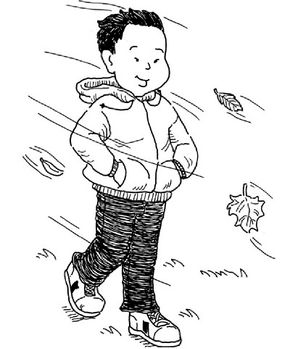Finding out about the world around you is even more fun when you try these easy outdoor science experiments for kids. What could be better than a day spent outdoors, exploring your environment? Whether you're discovering something about your own backyard or collecting rocks from outer space, the experiments found in the following articles will give you hours of entertainment.
It doesn't matter if it's raining or sunny, day or night -- we have it covered. There's an experiment for just about any kind of day. The following activities are simple enough for young kids, but they're just as interesting and fun for older kids, too.
Advertisement
Check these out:
Did you know that leaves have their own special scents? Check out this activity to learn more.
Be a "wind detective" to discover how breezy or blustery the day is. Find out how to classify the wind's strength.
Crickets are nature's thermometers. See what this little bug can tell you about the outside temperature.
Do you know what's living in your lawn? Find out when you take a lawn census.
Do all rocks sink to the bottom of a lake or stream? Learn the answer to this question.
No, it's not a space alien, but it does come from outer space. Check out this cool experiment.
Want to see a good reason to wear sunscreen? Try this experiment.
Let a cotton ball be your guide! Here's a fun way to learn which type of fabric will keep you dry when it rains.
Let's get started! You know that flowers and herbs have special scents, but what about leaves? Try the experiment on the next page to check your "leaf scents."
For more fun activities and crafts, check out:
Advertisement


